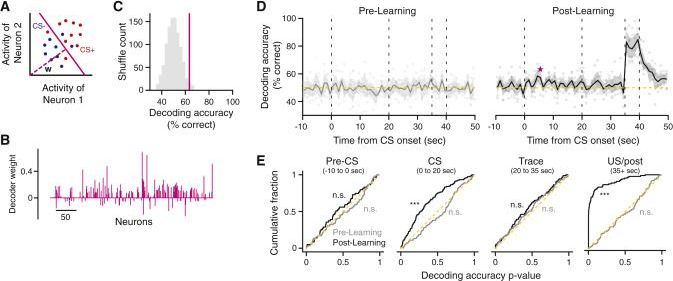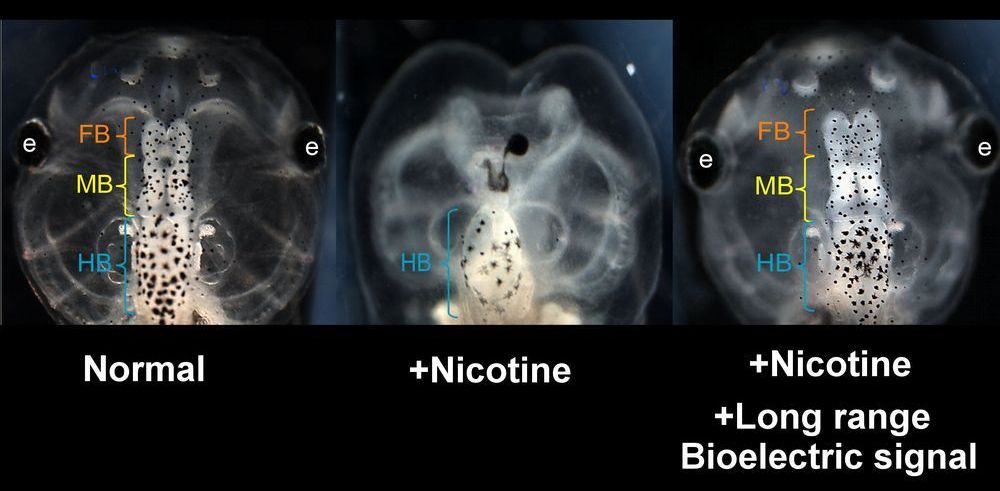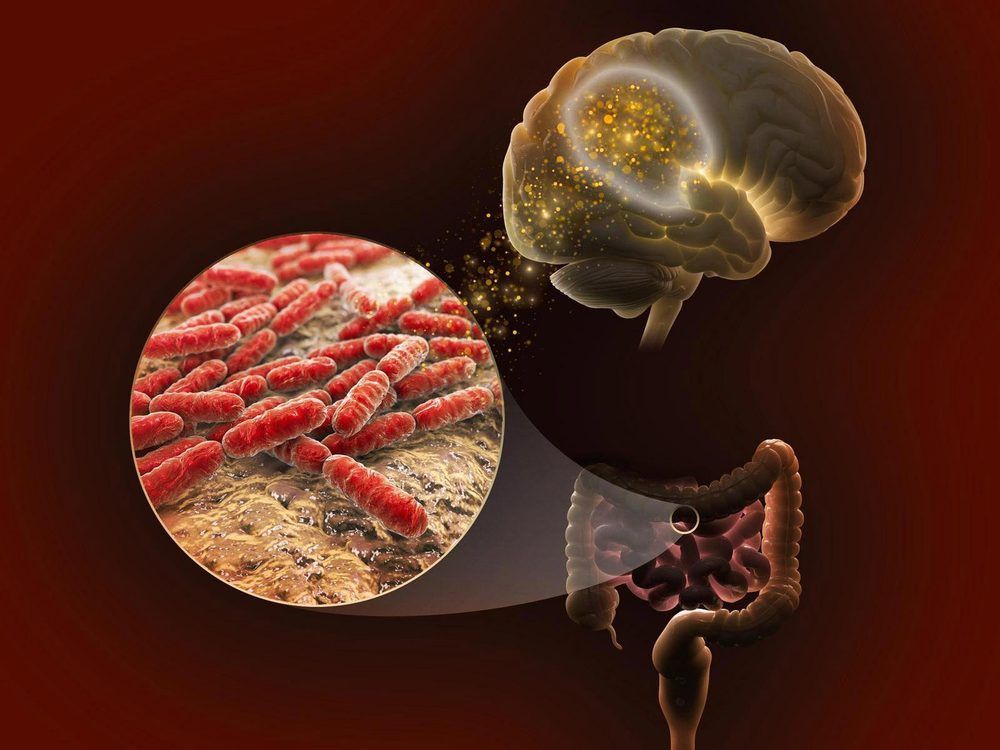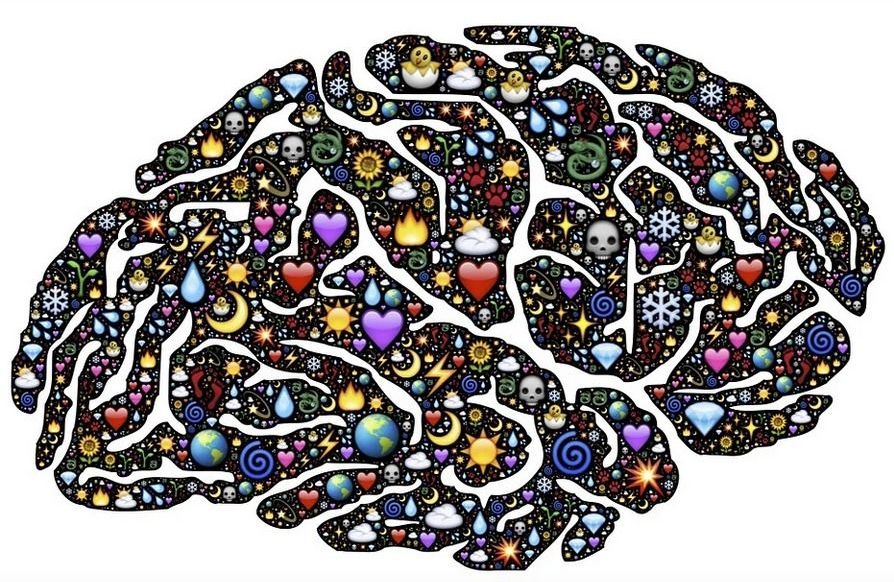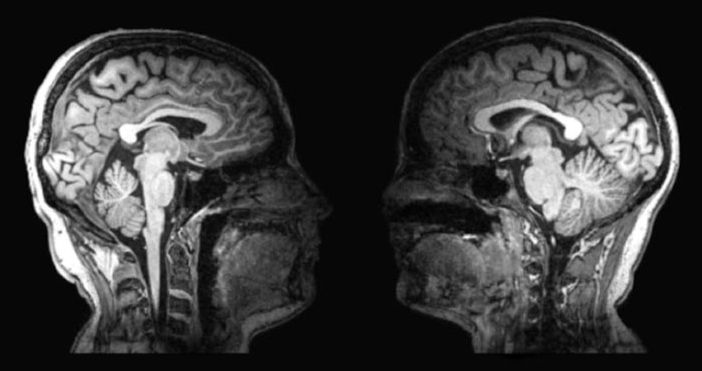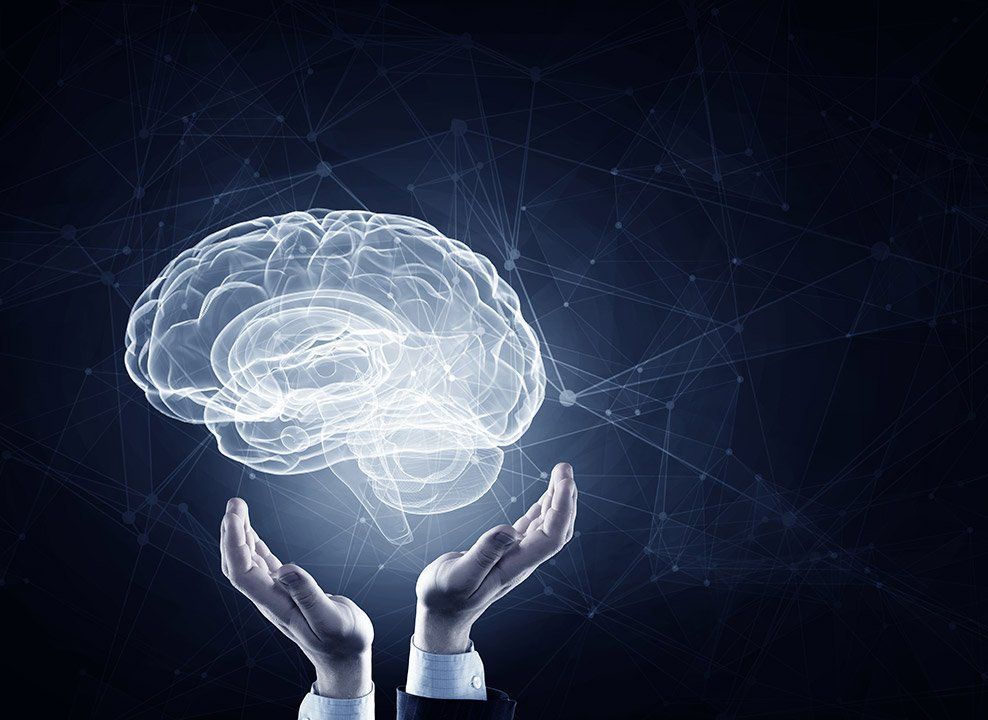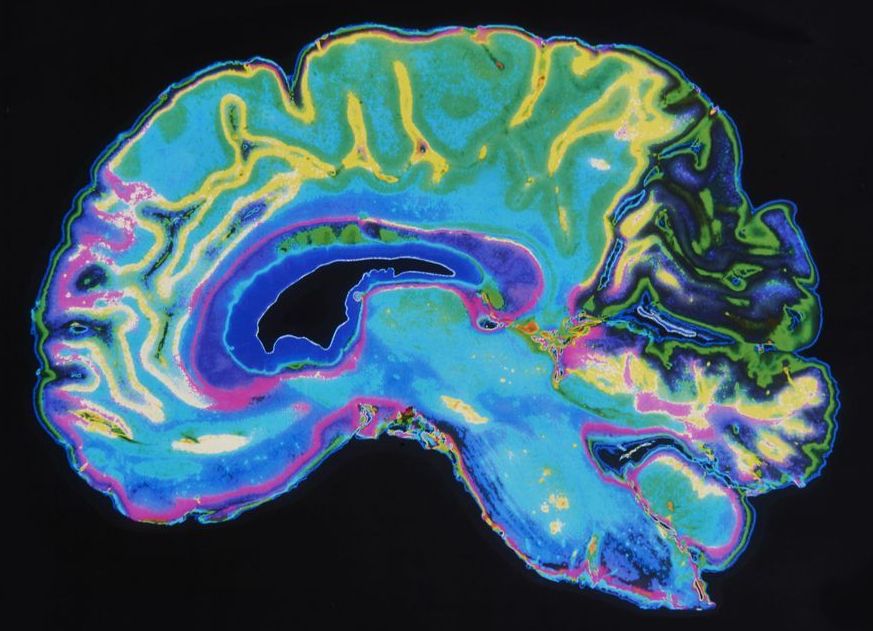Although we often think of knowledge as “knowing that” (for example, knowing that Paris is the capital of France), each of us also knows many procedures consisting of “knowing how,” such as knowing how to tie a knot or start a car. Now, a new study has found the brain programs that code the sequence of steps in performing a complex procedure.
In a just published paper in Psychological Science, researchers at Carnegie Mellon University have found a way to find decode the procedural information required to tie various knots with enough precision to identify which knot is being planned or performed. To reach this conclusion, Drs. Robert Mason and Marcel Just first trained a group of participants to tie seven types of knots, and then scanned their brains while they imagined tying, or actually tied the knots while they were in an MRI scanner. The main findings were that each knot had a distinctive neural signature, so the researchers could tell which knot was being tied from the sequence of brain images collected. Furthermore, the neural signatures were very similar for imagining tying a particular knot and planning to tie it.
Dr. Just said, “Tying a knot is an ancient and frequently performed human action that is the epitome of everyday procedural knowledge, making it an excellent target for investigation.”

